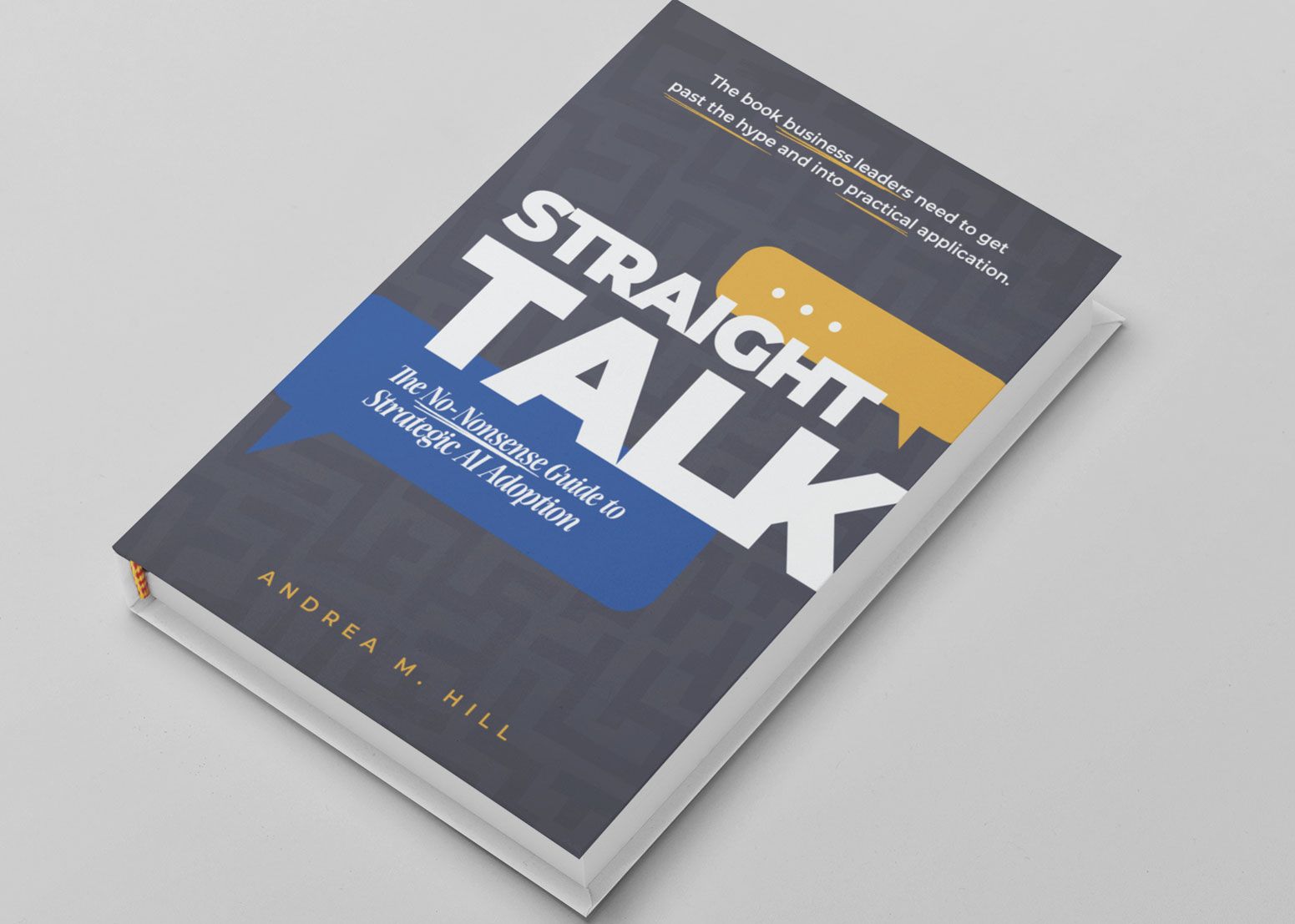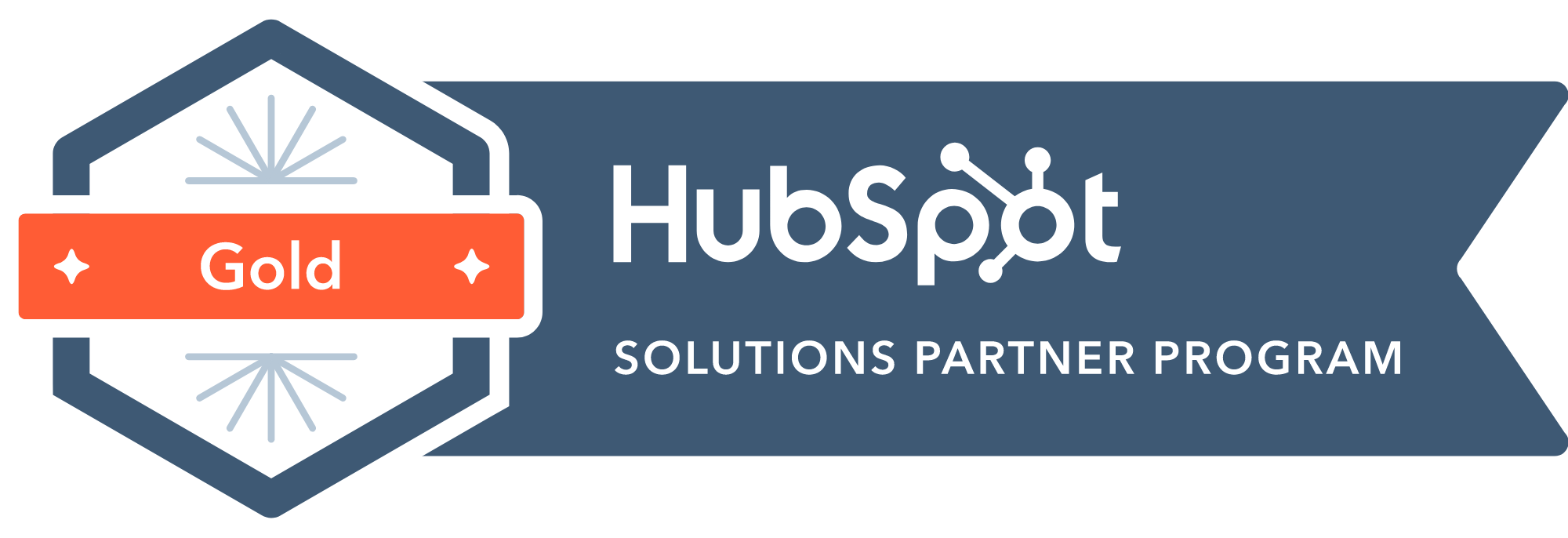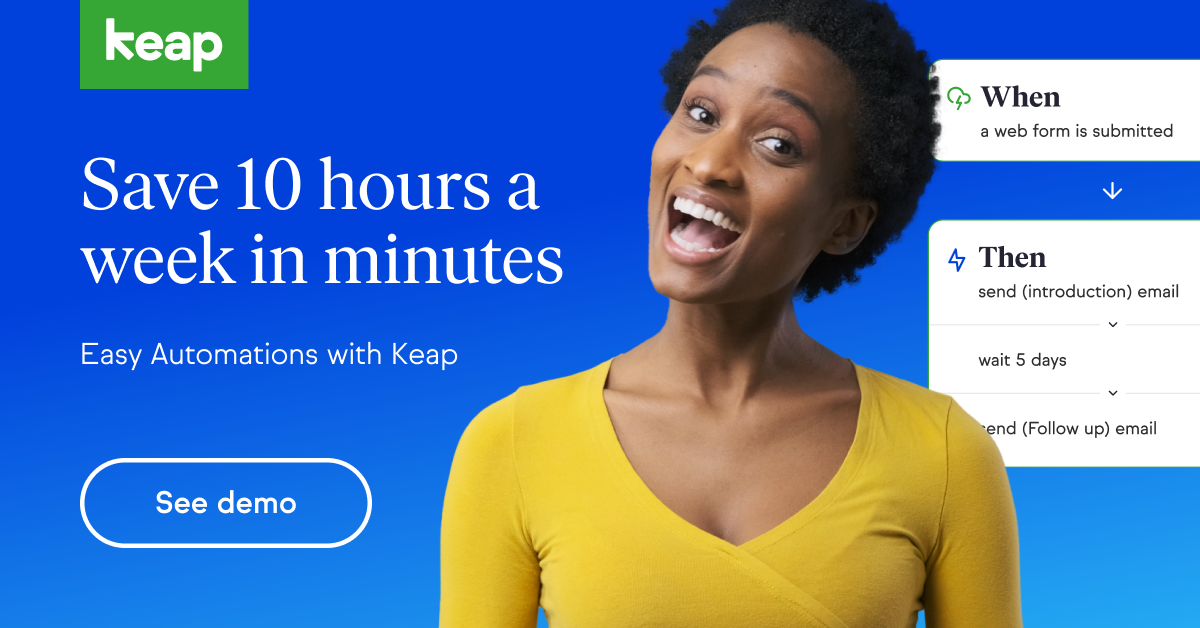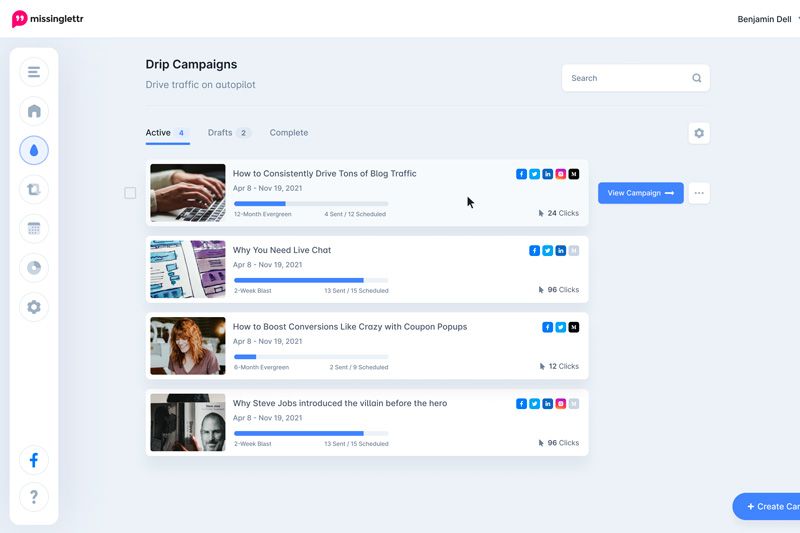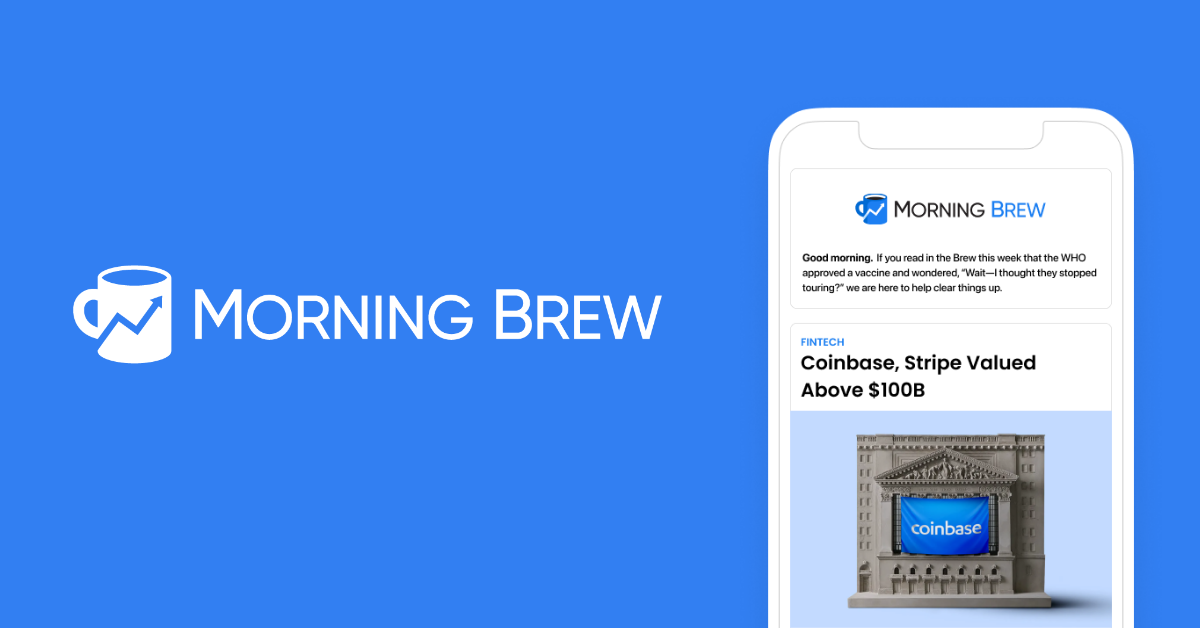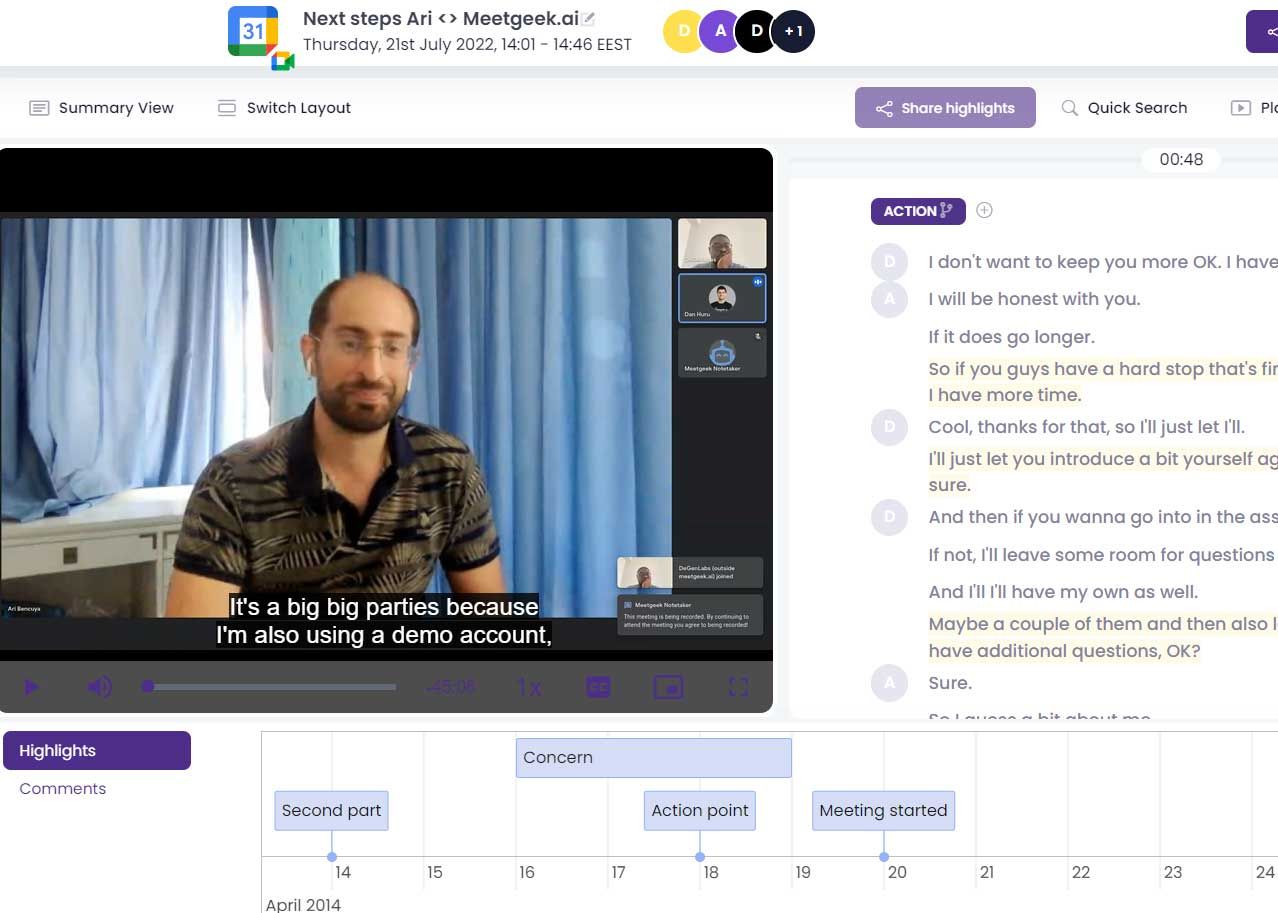One of the challenges with relying on email marketing is that so many people hate receiving email. When you consider just how much SPAM is flying around these days, it’s not hard to understand why. Most of us work hard to keep our email communications interesting and relevant, and we watch our mail frequency. But even the most careful email senders ran into difficulty sending email during the months of October – December, 2021.
This is because the email services have implemented “rate-limiting policies.” You can expect email delivery and open rates to go down and bounce rates to go up. Here’s what we know so far:
The Big 5 Are All Experimenting with Rate-Limiting
- Yahoo
- AOL
- Microsoft
- Apple
They have decided to rate-limit all mass marketing emails from ANY large sender of mass emails:
- Constant Contact
- Active Campaign
- Keap/Infusionsoft
- Salesforce
- Mailchimp
- Klaviyo
- Etc.
Why Are They Rate-Limiting?
They want to reduce and prevent spam and mass-marketing emails coming into their systems. Email limiting used to be based on blacklists, wherein a domain could be blacklisted for sending too much unsolicited or SPAM email. The new rate-limiting policies are not based on blacklists. Instead, this was a decision made by the Big 5 companies themselves. It’s not just bad actors being limited anymore.
Yahoo was the first to implement rate-limiting. If you sent an email in the early autumn of 2021 and suddenly saw a bounce rate of 31% or higher, this was the reason why. Yahoo was pleased with the massive reduction in mass-marketing and spam emails, and now the other companies are copying their rate-limiting policy. As of the end of December, bounce rates were generally down to the 13% range, but that’s still very high compared with the 2% - 5% bounce rates that were the norm before these new policies were implemented.
So How Many Email Can You Send?
Single emails will almost certainly be allowed through without rate-limiting. But any email broadcast is at risk. It all depends on how the individual companies' receiving policies are set, and so far at least, the Big 5 aren’t publishing those policies.
If you’re a WerxMarketing customer, you’ve already been transitioning to more and more drip-style email, and that’s a good thing. Using marketing automation to send targeted messages to specific customers enjoys higher response rates overall, tends to have experience better response rates, and will not trigger the email system receiving policies the same way that broadcasts do.
Broadcast Time Spread
Yahoo has shared some details of their rate-limiting policy. At Yahoo, mass-marketing emails sent from from one marketing account (Constant Contact or Keap for example) attached to your domain will be watched over a 12 hour period by Yahoo. If you send two broadcasts within 12 hours, they will be counted cumulatively, and will be rate-limited. The watch time frames for other email services are still unknown.
How This Affects Your Marketing
Depending on the policy of each company, this could mean significant delay in the delivery of your email, or even non-delivery in some cases.
Here’s how we think it will work (“think,” because nobody is sharing their policy. This is based on monitoring email sends and what little information we can glean through online research). It appears that a high percentage of emails sent through broadcasts will be “soft bounced,” which means they aren’t turned off for future email campaigns in your marketing system, but that the recipient will not receive the email for that particular broadcast.
It’s also possible that an entire broadcast could be blocked by the receiving mail server. In that case, the receiving mail server may request the sending mail server to send the (broadcast) emails again. This would likely be handled entirely at the server level, and could lead to delays in your email delivery. In these cases, the email services are interested in determining if the sending mail server was a mass spam source, and the assumption is that if it is, they most likely will not try sending again. On the other hand, a legitimate mail server will try sending again (up to a certain number of times / over a certain time period). So on the second send attempt the email may get through. Getting through still doesn’t mean the email won’t be classified as junk/bulk but at least the client will receive the email somewhere.
As mentioned above, so far only Yahoo has been willing to communicate with the marketing services about what is going on and why. Apple has always had a strict delivery limitation on mass emails, so we may not notice much change to Apple recipients. Microsoft is currently implementing the rate limiting in a light way but will almost certainly implement more fully soon based on what we’ve learned from people in conversation with them. Google also appears to be implementing a similar rate-limiting policy, which is consistent with their migration toward more privacy and less spam in general on the internet.
What Can You Do?
Here are a few ideas that may work, based on the limited information we have so far.
- Strongly encourage all your email recipients to whitelist your domain. There’s no guarantee that this will help, but it certainly can’t hurt.
- Look into making your email more constant, less broadcast-y, by using drip and automation techniques. This has other marketing benefits as well, but it does require campaign planning and list clean-up and management to implement.
- You could try timing broadcasts to be sent 12-24 hours ahead of when they will need to be received. If you’re good about sending messages to be delivered during the “most likely to be opened window,” this will feel like a step backward. But getting delivered at a less-than-optimal time is better than not getting delivered at all (or late).
- Review your data to see how much delivery delay is made by each of the Big 5 providers, which will help you determine the lead times needed for broadcasts. Ask for feedback from cooperative customers with some test sends. Some deliveries will go through without rate-limiting and some will be rate-limited, and there’s no way to anticipate or know which condition you are sending email into.
- Final sale, webinar reminders, and other timely messages may not be effective. This is another area to test and monitor. Consider using text messaging for time-sensitive messaging. Or consider having an alternate service just to send time-sensitive emails.
- Ask your domain/IT support to increase the strictness of our domain DNS SPF record. Most SPF records are set to “loose” by default. Apple apparently likes to see strict settings on domain email related records regardless of whether an email was sent as part of a broadcast or individually.
- Ask your marketing service (Constant Contact, MailChimp, Keap, etc.) about their list and email collection policies. If your emails are sent by a service that mass distributes a lot of SPAM email for other customers due to loose policies, rate-limiting policies that punish your marketing service will hurt you too, no matter how careful you are with your lists.
This isn’t the best news. 2021 saw an increase in the cost of reaching customers through advertising, and now email efficacy is going down. But this is the nature of digital marketing. The various service providers and technologies keep evolving, and we must stay on top of the changes and make smart evolutionary changes of our own.
The good news is that customers are happier when they receive less SPAM, and they’re happiest when they receive email that is interesting, relevant, warm, witty, and feels very personal. If you work toward delivering on those characteristics, you’re likely to stay out of the rate-limiting filters too. So let’s focus on doing better marketing, and everybody wins.

